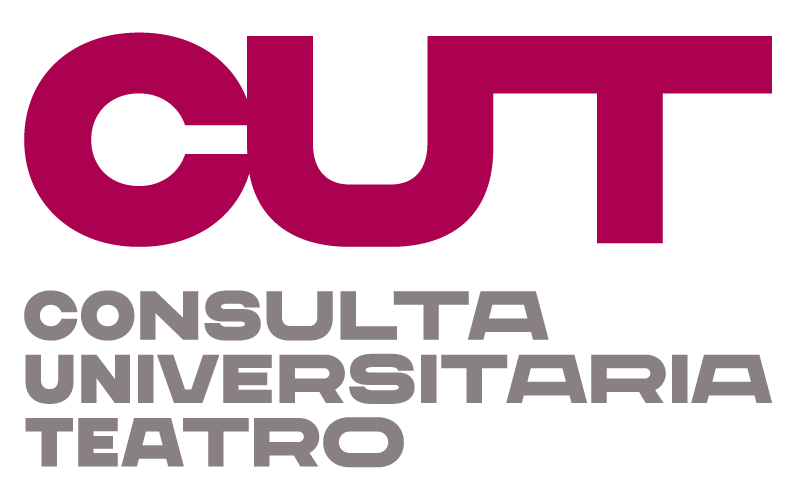
Abstracts or proposals should be sent directly to session organizers no later than September 17, 2021.
Session organizers are reminded that all submissions received up to that deadline MUST be considered. Completed panels will be submitted using an online form; a link to this form will be sent to session organizers in mid-September. In the meantime, contact the ASECS Business Office with any questions – asecsoffice@gmail.com.
All breakout rooms at the Annual Meeting will be equipped with a screen, projector, and wifi. Additional room configuration or technology requests must be submitted by the session organizer on the online form. Session organizers will be required to confirm that all equipment requests are essential to the purpose of the session. Equipment requests or changes made after September 30, 2021 may not be accommodated. It may not be possible to fulfill all special requests.
The Society’s rules permit members to present only one paper at the meeting. Members may, in addition to presenting a paper, serve as a session chair, a respondent, a workshop facilitator, or a roundtable, seminar, or workshop participant, but they may not present a paper at sessions they chair. No member may appear more than twice in the program (excluding sessions sponsored by ASECS).
No individual may submit paper proposals to more than two panels. Since you can present only one paper at the meeting itself, you must notify both panel chairs if you are submitting two proposals for papers, whether or not the proposals concern the same topic. You must also notify both panel chairs if you are proposing both a paper and a roundtable version of the same material, since paper and roundtable versions of the same presentation may not be given at the conference.
All participants must be members in good standing of ASECS or of a constituent society of ISECS. Membership must be current as of December 1, 2021 for inclusion in the program. Join or renew your ASECS membership at https://asecs.press.jhu.edu/membership/join.
SESSION 133: European Spectacle behind the curtain: décor, machines, and special effects
(For all the sessions see: https://www.asecs2022.org/)
Elisa Cazzato – Università Cà Foscari (post-doc) – NYU (visiting research fellow), elisa.cazzato@gmail.com
This panel promotes a discussion on artistic practices behind the creation of spectacle in 18thCentury Europe. The worlds of stage design, machinery, and popular attractions are inherently transient and contingent and often leave few traces. During this period, moreover, a host of stage decorators, machinists, fireworks technicians, circus performers, and foreign entertainers circulated across Europe, spreading ideas and practices that were frequently appropriated and standardized while their origins or creators went unacknowledged. These influential artists and
performers, often lacking strong institutional affiliation, have not been given the same critical attention paid to visual artists, musicians, or dramatists.
This panel encourages a behind-the-scenes look at such artistic practices that can expand our view and understanding of 18th-century spectacle and its varied constituents. For example, how did artists involved in ephemeral or peripheral activities exert their individual personalities? In what ways did certain attractions like wax statues and dioramas, cabinets d’optique, and Wunderkammer inform and overlap with science and technology? How might we account for the status of the marvelous within an era of so-called “Enlightenment” rationality? How can we appreciate décor and other special effects not only as artistic products, but also as autonomous cultural phenomena?
The session seeks to foster interdisciplinary dialogue on performance creation, stagesettings, and the circulation of artists and ideas. It welcomes submissions from scholars at any career stage, as well as from arts professionals in or outside academia. Contributions informed by the experience of staging (or planning to stage) an eighteenth-century work are especially encouraged.
